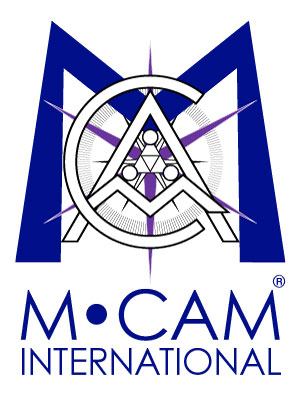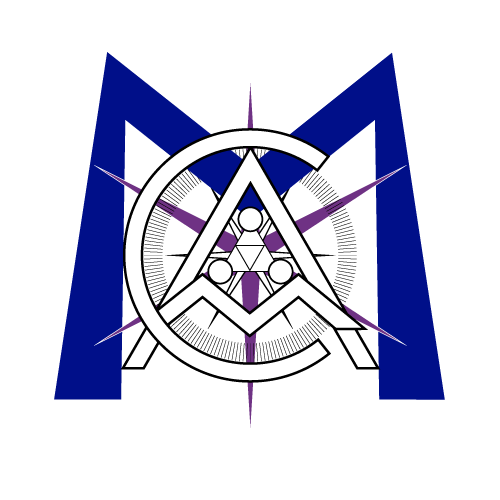M·CAM: Finding Value in Ideas and Innovation
Date: Mon, 2000-05-01
By: Dr. David E. Martin May 2000 Wells Fargo bank didn’t know it was starting e-commerce in 1864. What it did know was that the stagecoach was a risky way to send money from the gold fields of the West to the depositories in the East. Time to market and corporate security — hallmarks of our present, highly evolved business — fostered the notion that the “singing wires” of the telegraph could be used to transfer funds. Happy birthday B-2-B e-commerce! You look marvelous at 136 years of age! Innovation is not new. Neither is the need to manage it in a sensible way. When a patent for stained glass manufacturing was awarded in 1449, the Crown acknowledged that one of the foundations of any successful economy was the notion that limited monopolies — the ability for an innovator to enjoy the fruits of innovation — were necessary to foster entrepreneurial activity which would sustain the realm. In the United States, the framers of the Constitution and the Congress realized that valuing innovation was required to fuel an economy built by fledgling immigrants and therefore afforded to all Americans the right of Intellectual Property. Two hundred and ten years later, the world has awakened to the notion that IP (patents, copyrights, trademarks and knowledge assets) has value and is rushing to figure out how to rectify 500 years of laws and accounting standards in opposition to that notion with the .com universe of today. M·CAM has built a powerful analytic system that serves as the first auditable, ubiquitous intellectual property evaluation system used to calculate the asset liquidation value — the residual value — of all forms of IP and IA. Using over 200 discreet data components, this system allows commercial lenders to use intellectual property and intangible assets as collateral for conventional debt financing. No more does an innovator have to hear the words, “But all you have is a patent, What real asset do you have?” How did it come about? Beginning in 1992, we began experimentation with a simple premise. What would the world look like if value of innovation were viewed based on secondary market value, not primary market application? In an economy where the “B” team tanked the “A” opportunity, is there any possibility that “A” still retains value? Many times the highest and best use for an innovation is a use that was not contemplated by the innovator. When the transcontinental cables linked the Atlantic and Pacific, the “singing wires” were designed to deliver data. However, broad-minded entrepreneurial bankers discovered a use which, in aggregate, has resulted in the single largest liquidity transit process ever conceived — wire transfers. The question to answer then is, how would one model a world where value was what someone would pay for an asset, not what an enterprise built thereon would be “worth?” M·CAM answered it by creating a systematic asset analysis heuristic that asks two relatively simple questions: Do you own an asset? And does anybody care? Ownership Asset ownership is an arena largely ignored by the myriad of “invention.com” businesses that have proliferated over the past year and a half. Presumption that, because someone says they have a patent (and can produce a patent #), there is a property there to leverage is fallacious. The Commissioner of the USPTO’s acknowledging that the examination process has not kept pace with innovations contained in applications, coupled with the blossoming of infringement litigation, makes it clear that the assumption of de facto property rights is fundamentally flawed. To determine title, M·CAM’s system reviews classic title considerations and then evaluates disallowance probability based on an interrogation of other patent claims and international data archives. Frequently patent prosecutors and examiners search conveniently available data rather than going to improbable data sources. Failure to research and examine a world filled with prior art undermines presumptions of novelty, non-obviousness, and timely reduction to practice. Consider the implications of a major U.S. corporation donating patent portfolios to a university, thereby taking a tax-deductible donation based on an estimated valuation. If the “property” claim is disallowed, how does one handle the tax liability created by the basis-less donation? What happens when the Picasso in the parlor is a forgery? Our method uses patent references and claim language to interrogate international databases in order to rate the uniqueness of an asset. Who Cares? To answer the second question, and derive “asset liquidation value” or ALV, it is necessary to determine the value of property apart from the going concern in which it resides. Methodology employed by M·CAM does not predict future value or securitization value for royalty streams; rather, it identifies three integrated variables that serve as the basis for value determinations. Much like the auto industry’s Blue Book, we perform unimproved asset characterization that defines an asset-specific:
- Effective life and depreciation;
- Transaction characterization; and,
- Non-aligned sector application value.
Effective Life and Depreciation Each form of IP has a statutory life during which the limited monopoly right is afforded. However, statutory life and effective life are not correlated. A biopharmaceutical patent may have value for 20 years but an integrated circuit may be antiquated in 18 months. Because statutory life and useful life are not correlated, M·CAM tracks three elements in determining depreciation characteristics. First, velocity measurements are made based on the frequency of innovation in IP claims. This is integrated with velocity measurements in the application of innovation in commercial products and the adoption thereof. All of this is characterized by the resultant innovation curve, which identifies the uniqueness of an asset, and the true novelty it represents. Transaction Characterization In a risk transfer business model, our analysis allows one to rate the desirability of currency denominated asset transfers in any sector. Some IP secondary market opportunities result in cash sales or licenses. Others are denominated in equity and still others are derived from alliances between going concerns. M·CAM provides secured asset purchase contracts to lenders, guaranteeing the purchase of IP by M·CAM in the event of default. This establishes a liquidity-backed collateral enhancement program for patents, copyrights, trademarks, databases, and other forms of intangible assets. Therefore, in M·CAM’s determination of ALV, cash is rewarded and alliance-reliant liquidations are penalized, because the mechanism whereby M·CAM may take title to an asset (e.g. bankruptcy or winding-up of a going concern) precludes a B-2-B immediate liquidation. This weighting can be adjusted for applications of the model which are looking at present day, fair market value determinations. When the telegraph was invented, it made no claims to be the information super-highway upon which e-commerce would happen. Wells Fargo figured that out. The Kennicot Mining Company reversed alchemy when the California and Yukon gold rushes required the manufacturing of thousands of miles of copper wire. Gold had its luster but copper connected the world and resulted in phenomenal wealth creation. In fact, innovation to solve one problem often solves many more, unwittingly. When 3M’s adhesive doesn’t work for the desired application, make Post-It notes. In M·CAM’s Innovation Extraction Analysis, non-aligned sector application is characterized in three orthogonal opportunities. Successful IP management strategies may build complex asset management recommendations. However, potentially greater value can be appreciated when one looks first at the asset and then the enterprises that are enabled thereby. Viewing the asset first, and then the enterprise, yields value that is not correlated to market caps, because it is measuring fundamentally different characteristics. Using the three “relevance adjustment” filters described above, M·CAM calculates asset transfer value, which is expressed as a Certified Asset Purchase Price (CAPPcharacteri) with an affiliated depreciation index score. Being used by banks, accounting firms and public and private institutions, this methodology has the additional value of being 100% auditable. Enlightenment is often born out of a disciplined leveraging of a chance discovery. The printing press democratized literacy; the gold rush democratized entrepreneurialism. By analyzing and calculating the “value” of ideas and innovations, M·CAM’s system seeks to democratize critical capital markets long inaccessible to the most creative in our society. In the examination of the role of innovation in our economy and the appropriate management thereof, it is important to realize that we have a great responsibility to allow our minds to open, breaking apart the conventions that long have sequestered the great opportunities afforded by the innovation process. Ideas do indeed have value.


Sorry, the comment form is closed at this time.